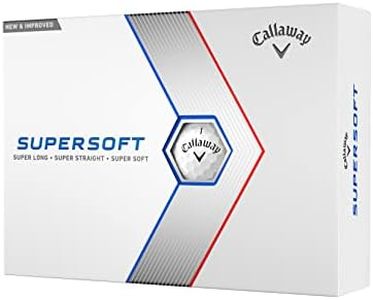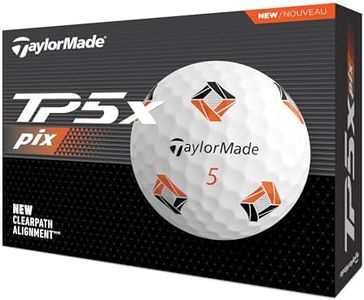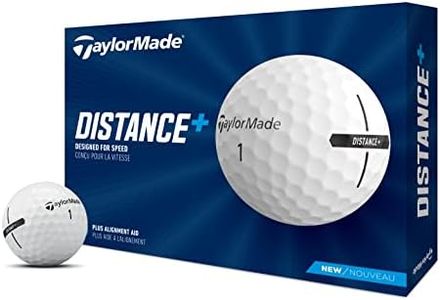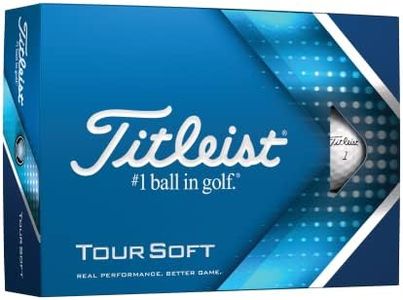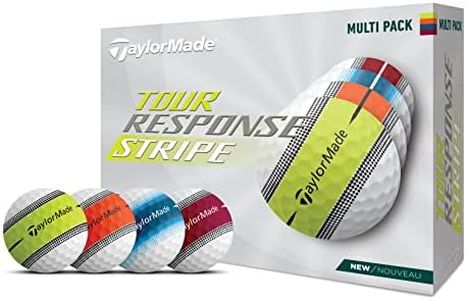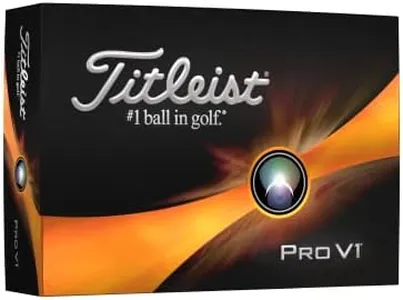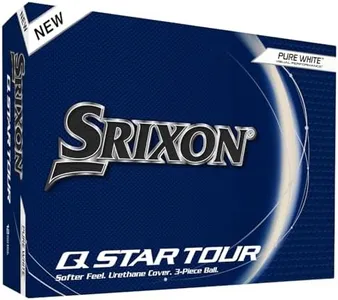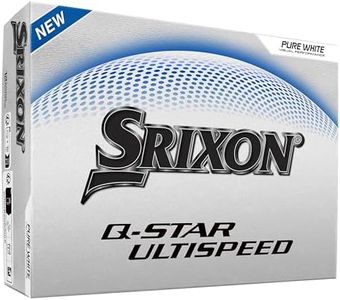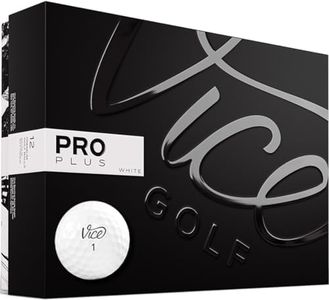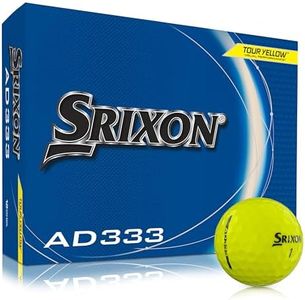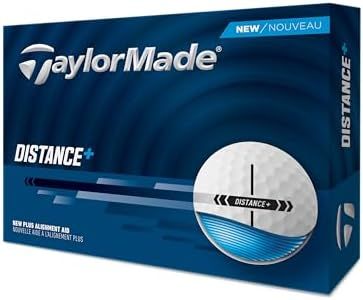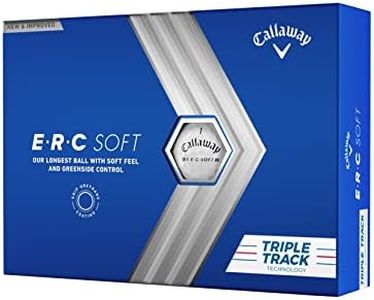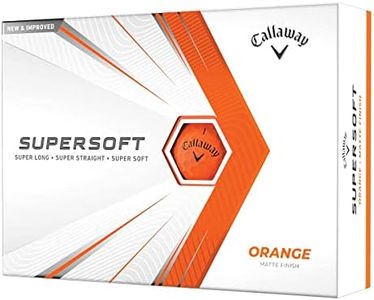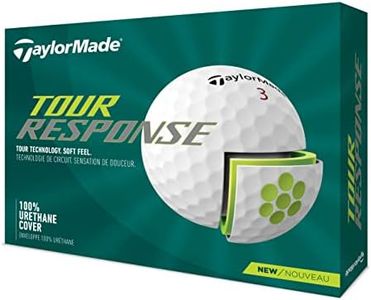We Use CookiesWe use cookies to enhance the security, performance,
functionality and for analytical and promotional activities. By continuing to browse this site you
are agreeing to our privacy policy
10 Best Longest Distance Golf Balls
From leading brands and best sellers available on the web.Buying Guide for the Best Longest Distance Golf Balls
When choosing the right golf ball for achieving your greatest possible distance, it’s important to consider more than just how far it flies. Understanding the key features and specifications of golf balls can help you make a choice that’s tailored to your swing and playing style. The right golf ball can add extra yards, help control your spin, and boost overall performance. Focusing on factors such as compression, cover material, and overall construction will help you find a golf ball that not only goes the distance but also suits your abilities and needs on the course.CompressionCompression is a measure of how much the golf ball deforms under pressure. Lower compression balls are easier to compress, which is great for golfers with slower swing speeds, as these balls help generate more distance with less effort. High compression balls require a faster swing to unlock their maximum distance and are better suited for stronger or more advanced players. To decide what's best for you, if you have a slower or average swing, pick lower compression; if you have a faster, powerful swing, higher compression could provide more control and distance.
Cover MaterialThe cover of a golf ball is typically made from either surlyn or urethane. Surlyn covers are durable and often found on balls designed for maximum distance, as they usually produce less spin, translating to longer, straighter shots. Urethane covers offer greater control and spin, especially around the greens, but might not go as far. If your goal is pure distance and you don't mind sacrificing a bit of control on short shots, a surlyn-covered ball is typically the preferred option.
Construction (Layers)Golf balls come in different constructions, generally ranging from two-piece to multi-layer (three, four, or more layers). Two-piece balls are built for distance, with a large core and a solid cover to maximize energy transfer. Multi-layer balls provide more spin and control along with distance, suiting more skilled players. If you want the longest drives, a simple two-piece ball can be best, but if you balance distance with shot-shaping control, look at balls with additional layers.
Dimple PatternThe dimple pattern on a golf ball affects how it flies through the air – the number and shape of dimples influence lift and drag. Typically, dimple counts range between 300 and 500. More dimples can help maintain flight stability, while fewer dimples can sometimes add a little to carry. If your focus is on distance, pick a ball with a dimple pattern promoted for low drag and long flight, but remember that subtle differences may only be noticeable to advanced golfers.
Spin RateSpin rate refers to how much the golf ball spins when hit, affecting both distance and trajectory. Low-spin balls launch with less backspin, meaning they usually roll further upon landing and travel straighter, making them ideal for golfers seeking extra yards. High-spin balls can help those struggling to get the ball airborne, but too much spin can reduce roll. If your top priority is distance and straight shots, look for balls specifically labelled as low spin.
